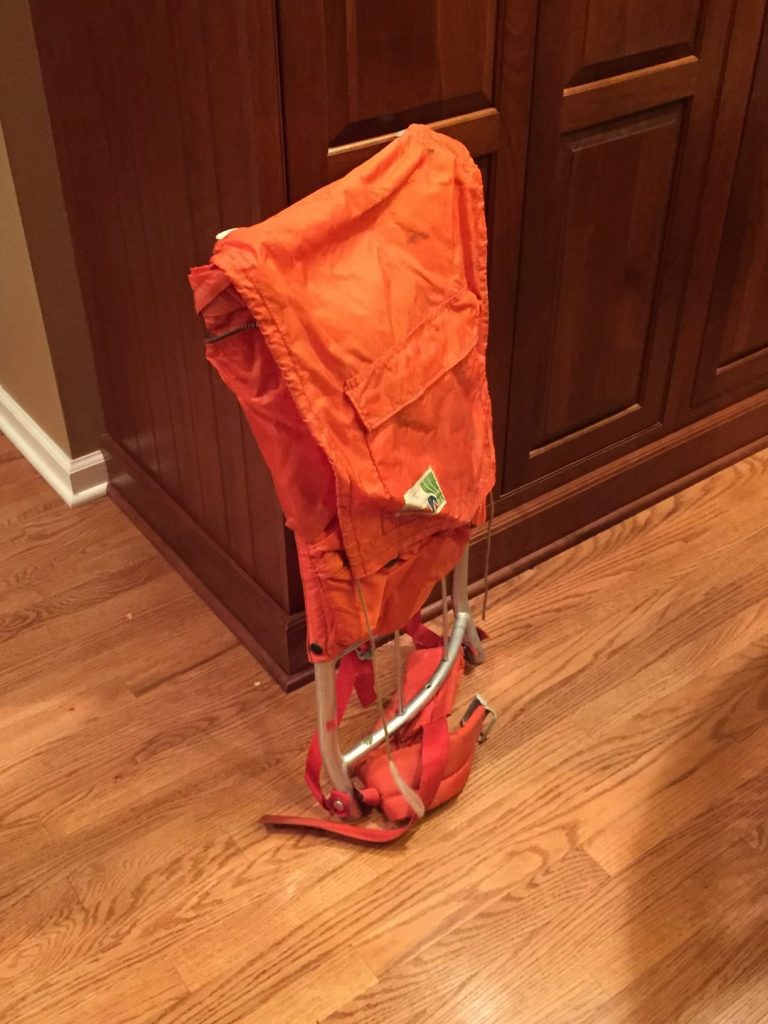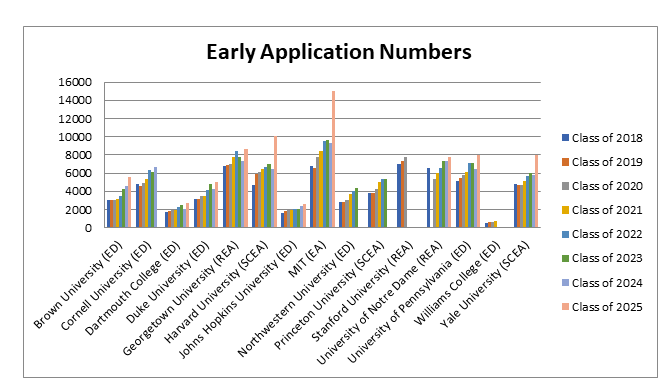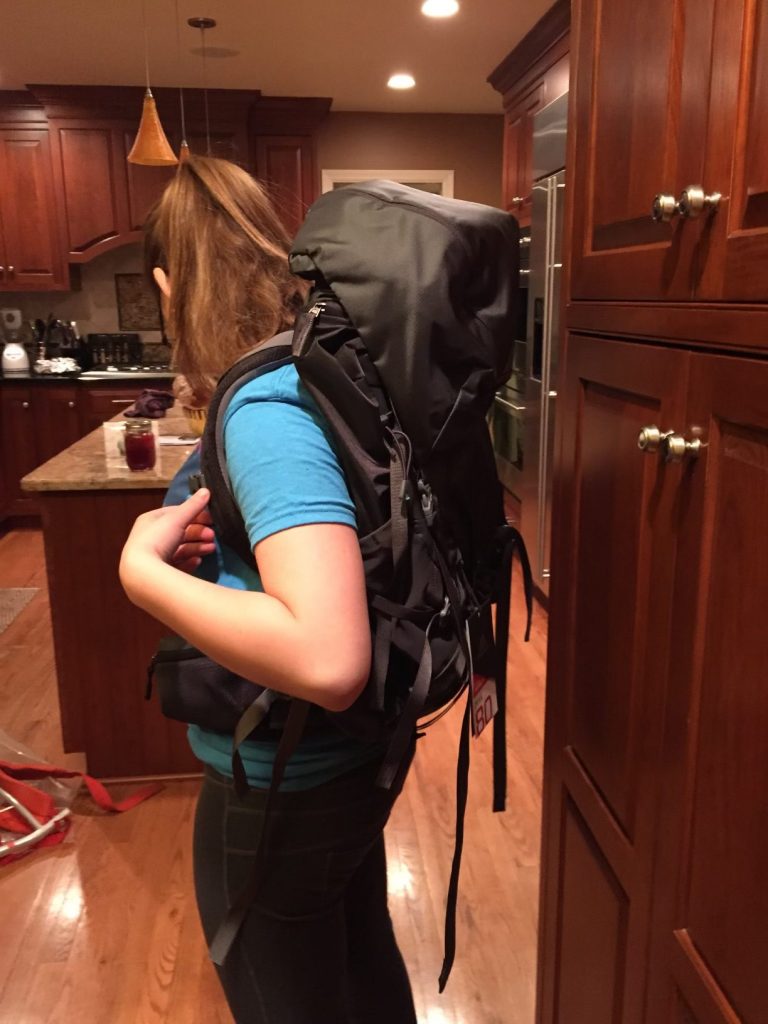Backpacking to College
Written by Lisa Bleich
“Why do you need to buy a new backpack? She can use the one I used when I backpacked cross-country after high school.” My husband declared, proffering an orange backpack that looked like something from his uncle’s moth-filled attic. He just didn’t understand how backpacking to college has evolved.
My daughter and I burst out laughing, certain that he was joking. But he wasn’t. Instead he continued to extol the virtues of his pristine backpack and how backpack technology had not really changed since he was a teen.
We exchanged knowing glances, still expecting him to recognize how ludicrous he sounded. Yet, instead he got insulted when we scoffed at his idea and continued.
My husband’s trip down memory lane of his backpacking trip and “pristine” backpack bring to mind many parents’ recollection of applying to and going to college. And just as backpacks have advanced over the past 30 plus years, so too has the process for applying to college. It is no longer as simple as throwing in a few applications and expecting several great options.
The process is much more complex and competitive for students who aspire to get into the most select colleges. Below is a graphic that outlines the how colleges fall based on selectivity of admissions.
Other factors contributing to the complexity and competitiveness among the most select colleges include:
Push to make decisions earlier.
This is particularly keen among highly select private colleges, with many schools enrolling upwards of 50% of their class through Early Decision. For example, University of Pennsylvania filled 50.75% of its class by early admissions for the class of 2026. And this article by College Kickstart highlights all of the early decision colleges that double admission odds. Therefore students who do not know or are not ready to apply by the early deadlines are at a distinct disadvantage.
Increase in out-of-state applicants to state schools.
It has become more competitive for in-state students wishing to attend their state university. As state budgets supporting higher education are cut and universities look toward out-of-state students to balance the shortfall, it leaves fewer slots for in-state students. According to UCLA’s website, the estimated total costs for expenses for out-of-state students is $68,474 vs. $37,448 for an in-state student, so it’s not surprising that 63% of UCLA’s 2021 admitted freshman were California residents and 37% were out-of-state or international. Keep in mind that the yield is much lower among out-of-state students, so the actual enrollment is closer to 16% out-of-state.
Desire to increase access to low-income and underrepresented minorities.
The push to increase the number of Pell Grant students will increase at all Ivy League and highly select, well endowed institutions due to increased scrutiny starting with the Obama administration. For example, eight years ago, Washington University in St. Louis received a number atttacks from the press for not having enough Pell Grant students. In 2014, they announced a goal to double the number of Pell Grant students to 13% from 6%, which they surpassed in 2018.
More students applying to more schools.
According to this CNBC article, recent estimates from Common App suggest that college applications are increasing. “As of November 16, 2021, the number of college applicants had increased 13%, and total applications submitted have increased 22%, compared to the previous year. And first-generation students comprised 27% of the total applicant pool.”
Financial pressures are real.
A college education is expensive because colleges noted that not only is there a greater demonstrated need for students to attend college, but there are also greater expenses to provide education and support services for students.
So given the complexity of the process, the need to differentiate both as a student and a college has become increasingly important. If you can make a clear case for how you will contribute to a college and why you are a good fit for the community, you will not only be more successful in the college application process, you will also be able to narrow down your list of schools to those that are the best fit.
My daughter and I spent three exhausting and overwhelming hours at REI educating ourselves on the features and benefits of not only backpacks, but other gear. The first backpack she tried on hung low from her shoulders. The next one was not quite big enough to carry all her gear.
Thankfully the sales person deftly measured her torso to shoulders ratio. Then added the pillow weights to simulate her gear, and cinched the belt to fit her hips. When we arrived home with her new state-of-the art backpack, even my husband could reluctantly agree, that backpack technology did indeed change and she had found the right fit.



